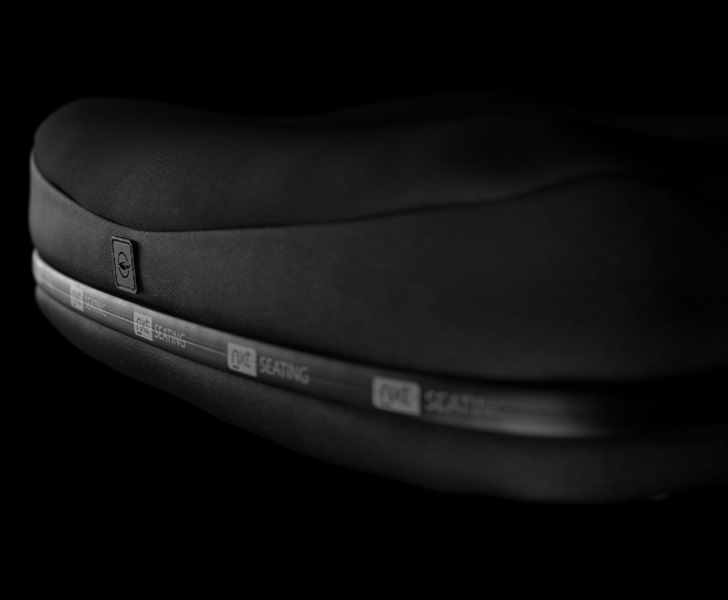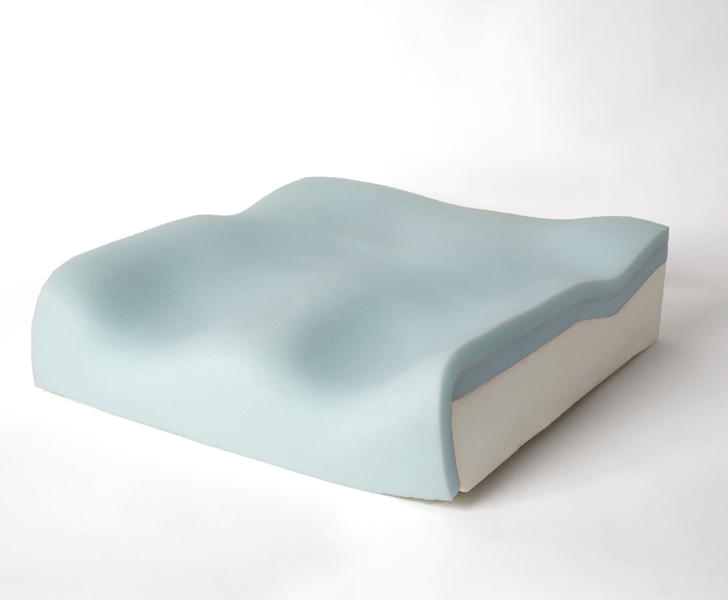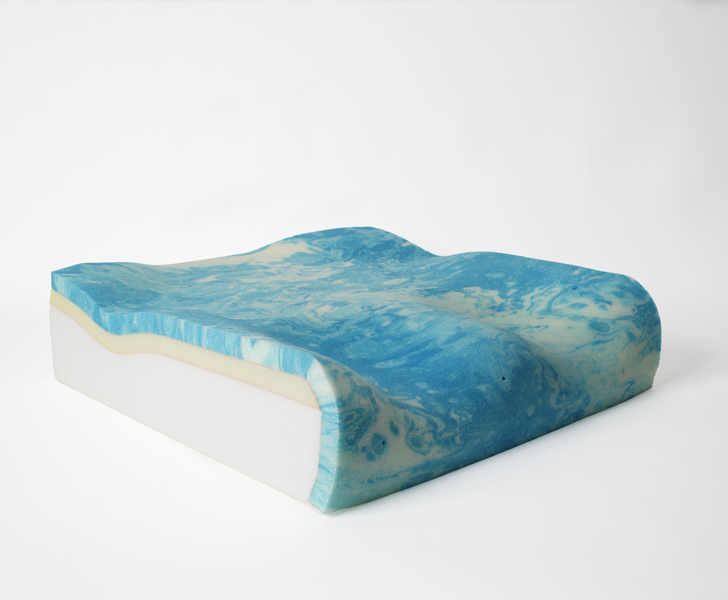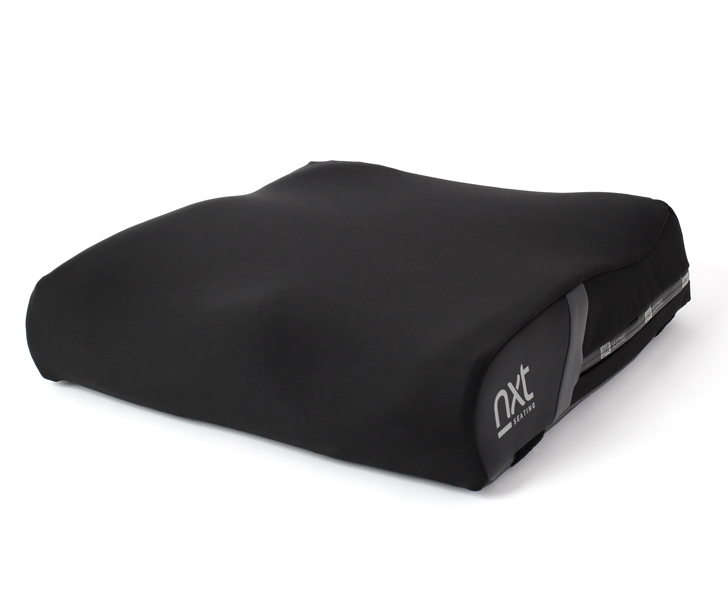How to Select the Right Cushion for your wheelchair – A Clinician’s Guide
Selecting the correct cushion is an incredibly broad topic and can often be overwhelming to wheelchair users, clinicians, caregivers, and even suppliers.
Selecting the correct cushion is an incredibly broad topic and can often be overwhelming to wheelchair users, clinicians, caregivers, and even suppliers.
Is there one perfect cushion for each person, or can every individual use the same cushion? The answer is absolutely not. Bums are like snowflakes; no two are the same. Hopefully, after reading this, you will have more confidence in selecting the best cushion, as we will take the guessing game out of cushion selection.
Everything in life is goal-oriented; why shouldn’t the process of cushion selection be the same? It is important to understand how the cushion will be utilized. Is it to be on a power wheelchair with power functions for tilt and recline? A tilt-in-space wheelchair for a dependent client? Or an ultralightweight manual wheelchair for an independent rider? The goal can often direct the evaluation and selection during the prescription process.

A cushion can serve many purposes. These purposes may include skin protection, positioning, comfort, off-loading, but most importantly, a base of support to move in and out of for functional activities.
The purpose may not be the ‘ideal seated position.’ It is important to understand that seating is a dynamic process. Clinicians, caregivers, and suppliers often spend time getting clients “seated perfectly” only to realize shortly that a static position isn’t ideal or even realistic for everyday activities. It is important to have a proper base of support for pressure relief, positioning, and all the functional movements the client needs to be able to perform.
Proper cushion selection cannot begin without an evaluation of anatomy. Even if it is a replacement cushion and the client wants to keep the same cushion, having a thorough evaluation is still recommended. Likely there could have been environmental or functional changes that will alter the product selection. Making assumptions that everything has remained the same could put the client at risk of skin breakdown, inappropriate support for positioning, and more.
Important landmarks to palpate and understand orientation in space include Posterior Superior Iliac Spine (PSIS), Anterior Superior Iliac Spine (ASIS), Coccyx, Greater Trochanter, and Ischial Tuberosities (ITs). You might be glazing over by now, but stay with me; it’s all important!
There are a couple of measurements to keep in mind when selecting a cushion. Those include the width of the ITs and the relationship of the ITs to the greater trochanters. The distance in width between the ITs for a female is ~5.1 in (13.6 cm), and for a male is ~4.7 in (12 cm). The distance in depth in the seated position between the greater trochanters and the ischial tuberosities is about 1.75-2.5 in (4.45-6.35 cm).
These may seem like random numbers, and you’re wondering why I am even mentioning them. It is important that you know the difference in orientation when choosing between the properties and measurements of a cushion. One specific example is how the cushion is shaped (contoured) around the well or cut out for the ITs. We will discuss this in further detail below.
The different materials, sizes, shapes, and contours of cushions are all properties that can affect how they work. Understanding these can help you determine what will be the best choice.
Let’s briefly break down this large category into more manageable pieces.
Foam as a cushion material can vary greatly and start from very basic to high-end quality with moderate positioning and skin protection properties. Foam can be layered with different densities to increase the support and quality of the cushion. It requires little to no maintenance and is usually ready to go out of the box. These cushions are also fairly lightweight and therefore don’t add much weight to the system as a whole. They can also be very comfortable for the client with sensation and are generally stable for independent transfers.

Gel as a cushion material generally has two forms, fluid or molded, each serving a different purpose. While gel cushions are known to be heavier, they are also usually the coolest in temperature. Depending on the system being used, for example, a tilt in space or a power wheelchair, a heavier cushion won’t make as much of a difference. Fluid gel requires some maintenance and can be susceptible to leaks. Gel provides moderate positioning and skin protection properties and is generally stable for independent transfers.
Honeycomb as a cushion material may be lesser known in some areas of the world but it has some excellent properties. It is very lightweight, and because of the material, it stays cool. It has a stable surface which is great for independent transfers, and some moderate positioning qualities. It requires no maintenance and is very durable.
Air has many options these days, free flowing, encapsulated, and even some hybrids with foam inside air cells. Air historically is adjustable and somewhat customizable, but with this comes higher maintenance. Air has good pressure-relieving properties but, at times, may feel unstable, especially when performing transfers. Ensuring the proper amount of air in the cushion is important and often falls on the rider/client or caregiver to maintain. With proper education and training, this can be done successfully.
Combination/Hybrid is just what it says, a combination of different materials to meet the goals of the rider/client. They can have a foam base with a gel or air overlay or even have all three. They are generally stable for independent transfers, but you may need to be cognizant of the transition between materials, as this can sometimes be a spot of discomfort or even pressure. Know that maintenance can vary depending on the material selected.

Custom, in this instance, means custom molded or contoured. This option is often utilized after many of the other types of configured cushions don’t meet the clinical or medical needs. Custom cushions will support or correct atypical postures that cannot be accommodated by standard cushions, as well as provide more consistent pressure relief for those positions. Custom molding of cushions requires specialized training.
A well-made cushion is designed based on average human anatomy. Understanding the materials and how to measure the cushion will help with making the best selection. Know that each manufacturer may have slightly different measurements, and this is why it is important to look at specification sheets for cushion width, depth, thickness, contouring and any other external components. The thickness and contouring can be matched to the measurements we discussed earlier. If the rider/client is at high risk of skin breakdown on the ITs, knowing how thick the material is under them is important. The contouring can be matched up to the Greater Trochanters as well. You can search for a seating therapist or supplier to help you with these measurements.
Finally, to make the best decision on which cushion to use, you must understand a few more components. What covers are available with the cushion? Specifically, does it breathe, or is it wipeable? How does the cushion attach to the wheelchair/seating system, and how does it remove?

This information is presented in a way for you to know that many options are available. Using the evaluation process and considering goals can help synthesize this information and make the best decision about which cushion is the right one. Prioritize the goals, skin protection, positioning for daily tasks, environments, and weight…let these guide you. The best way to know is to trial if possible. Remember, bums are unique, no two are alike, and therefore cushion selection should be every bit as individual.
